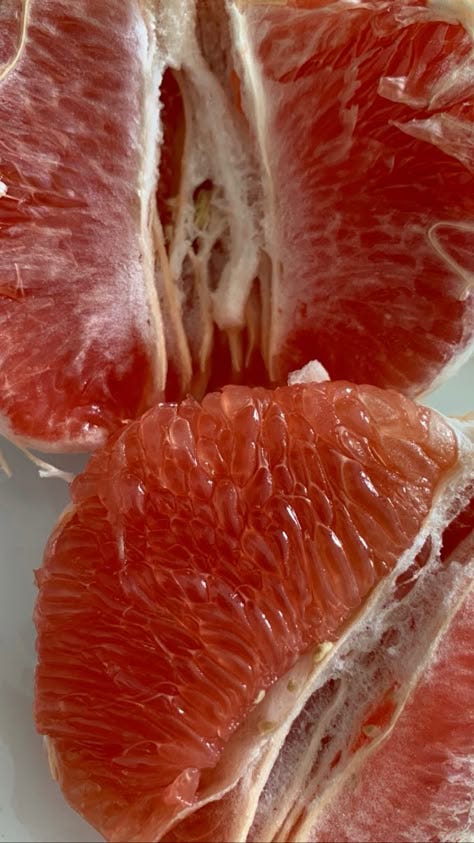Ladies, it’s time to step into your flow state. Instead of working against your hormones all month long, what if you leaned in and used them to your advantage?
Your body follows a natural rhythm, ebbing and flowing through different phases throughout the month that impact energy, mood, metabolism, and even creativity. By tuning into these shifts and making small adjustments to your nutrition, workouts, and lifestyle, you can feel more aligned, resilient, and in sync with your body’s needs.
How can you do that? Enter: cycle syncing.



The concept of cycle syncing, popularized by Alisa Vitti and trademarked by FLO Living, helps you intentionally align your daily habits with your hormonal shifts to enhance well-being. Now let’s dive into the basics to help you optimize each phase of your cycle, support balanced hormones, and feel your best every day. You in?!
Cycle Syncing: what it is and what it isn’t.
I used to think cycle syncing was complicated and sooo overwhelming.
That’s because I was approaching it wrong. It’s not a rigid set of rules dictating that you can only eat certain foods, only do specific workouts, or only be productive in one phase.
It reeaaally doesn’t have to be that complicated.
Think of cycle syncing is a framework for aligning your lifestyle—nutrition, workouts, and daily routines—with your body’s natural hormonal rhythms. It’s simply a tool that allows you to work with your cycle rather than against it.
So instead of hard-and fast rules, let this be your flexible guide that helps you tune into what your body needs, empowering you to adapt and listen to your intuition. Some days, you might feel energized for a high intensity strength workout even in your luteal phase, and that’s okay! Cycle syncing is about awareness and balance, not restriction or perfection.
That being said, if you’re feeling overwhelmed, start with JUST your food. ☺️ p.s. I have grocery list and meal plans that drop 2x a month.

The Menstrual Phase
Your menstrual cycle consists of four phases, each governed by fluctuations in estrogen, progesterone, and cortisol. While we need cortisol for energy and stress adaptation, chronic elevations can lead to hormone imbalances, blood sugar dysregulation, and inflammation. Optimizing your routine to support your hormones can help mitigate these effects and enhance overall well-being through each phase of your cycle.
**Keep in mind the exact number of days here isn’t important and can vary from person to person. It’s more about understanding when your hormones are shifting and leaning into how YOU are feeling so you can support your body.
Phase 1: Menstrual Phase (Days 1-5)
Hormones: Estrogen and progesterone are at their lowest. The lining of your uterus sheds and your body loses blood and iron. Prostaglandins (which cause cramping) peak. This results in lower energy and increased introspection.
Focus: Rest, nourishment, gentle movement, and reflection.
Nutrition:
Prioritize warm, nutrient-dense foods rich in iron, zinc, and omega-3s to replenish lost minerals.
Best foods: Grass-fed beef, wild-caught salmon, lentils, bone broth, cooked leafy greens.
Nutrients / Supplements:
Iron & Vitamin C: To replenish lost blood and support absorption.
Magnesium: For relaxation and to ease cramps.
Omega-3s: To reduce inflammation and support cognitive function.
B Vitamins: For energy production and neurotransmitter support.
Workouts:
Emphasize gentle movement like walking, stretching, Pilates, light strength training / sculpt and restorative yoga.
Avoid high-intensity workouts, which can increase cortisol and tax recovery.
Creativity & Productivity:
This is a great time for introspection, journaling, and planning for the month ahead.
Engage in activities that require deep thought rather than high-energy execution.
Phase 2: Follicular Phase (Days 6-14)
Hormones: Estrogen begins to rise, boosting mood, energy, and brain function. This is the time to start new projects, exercise, and be social.
Focus: Experimentation, social engagement, and moderate exercise.


